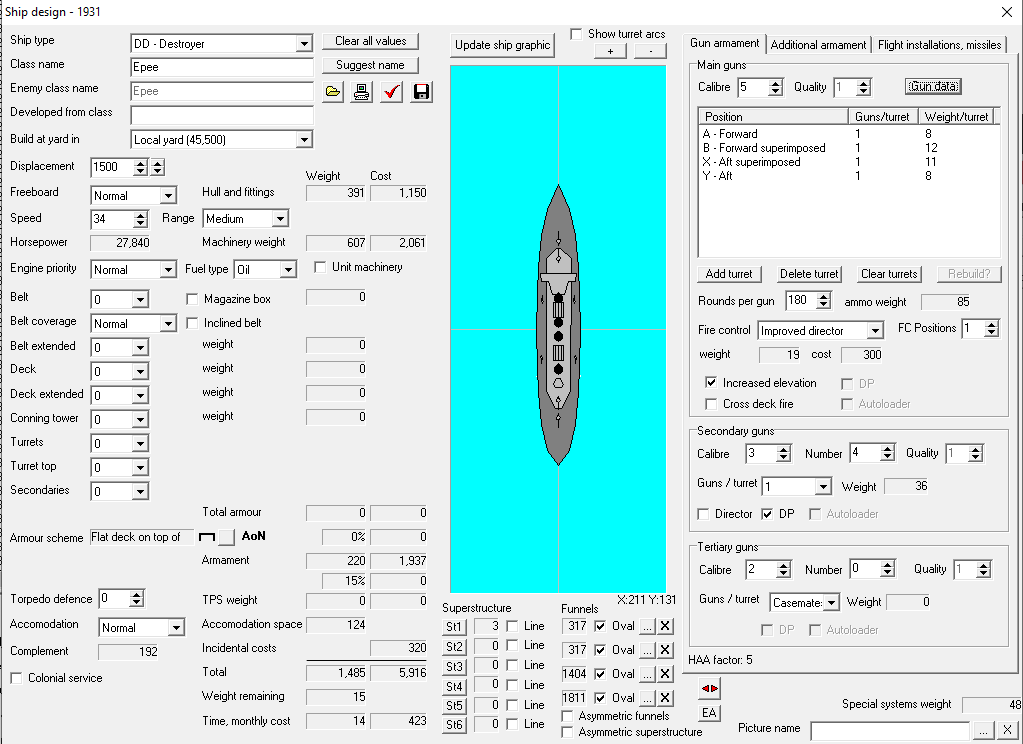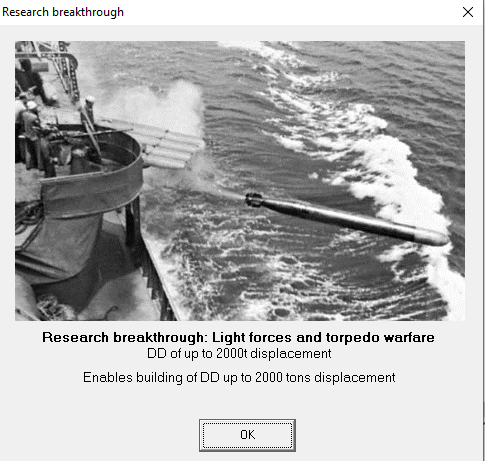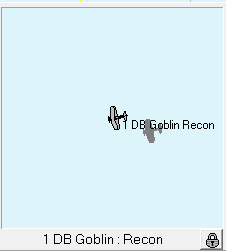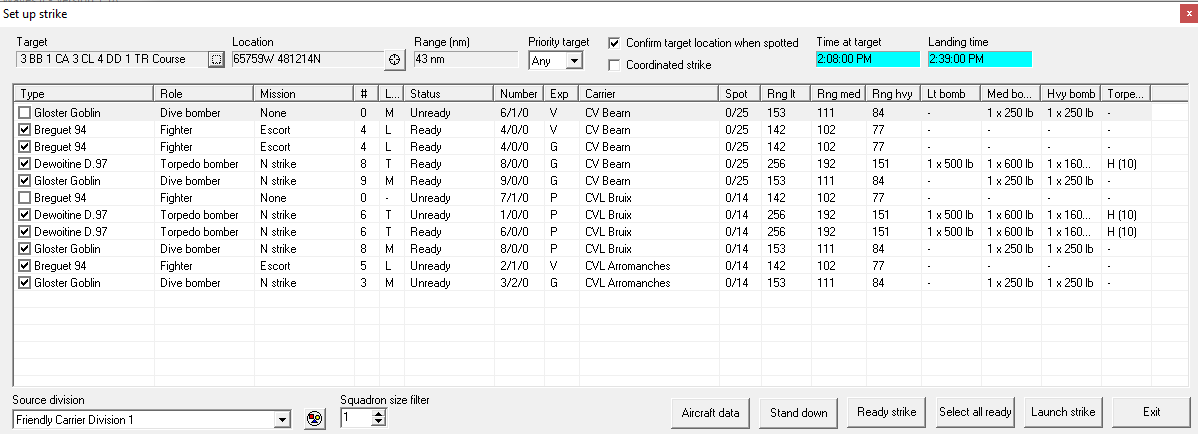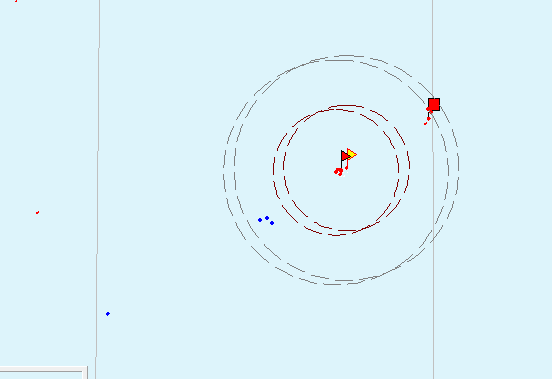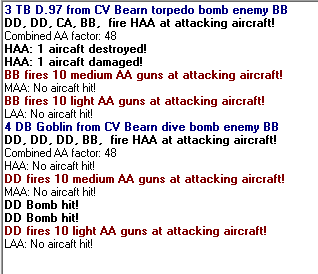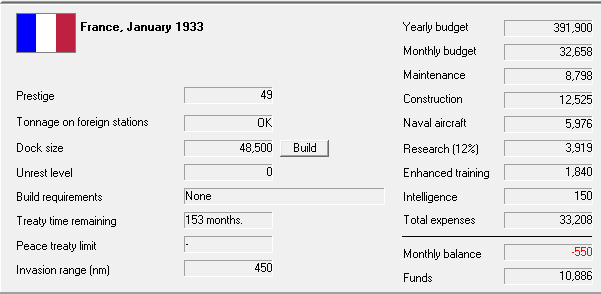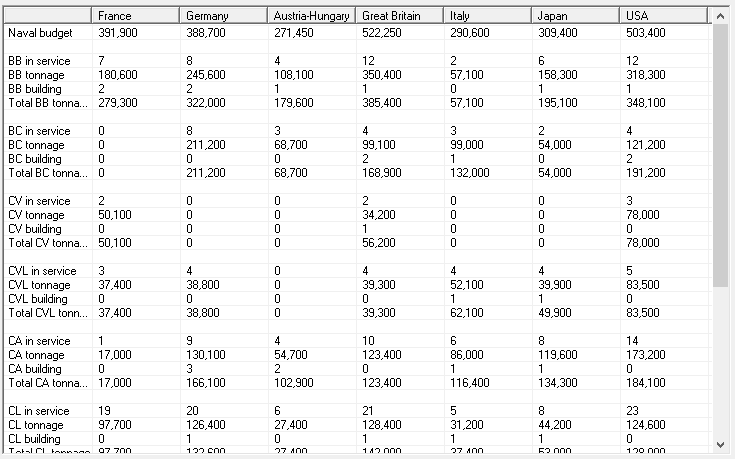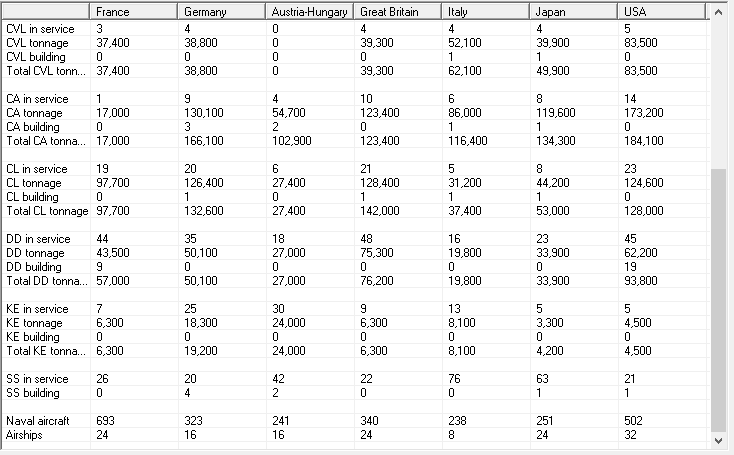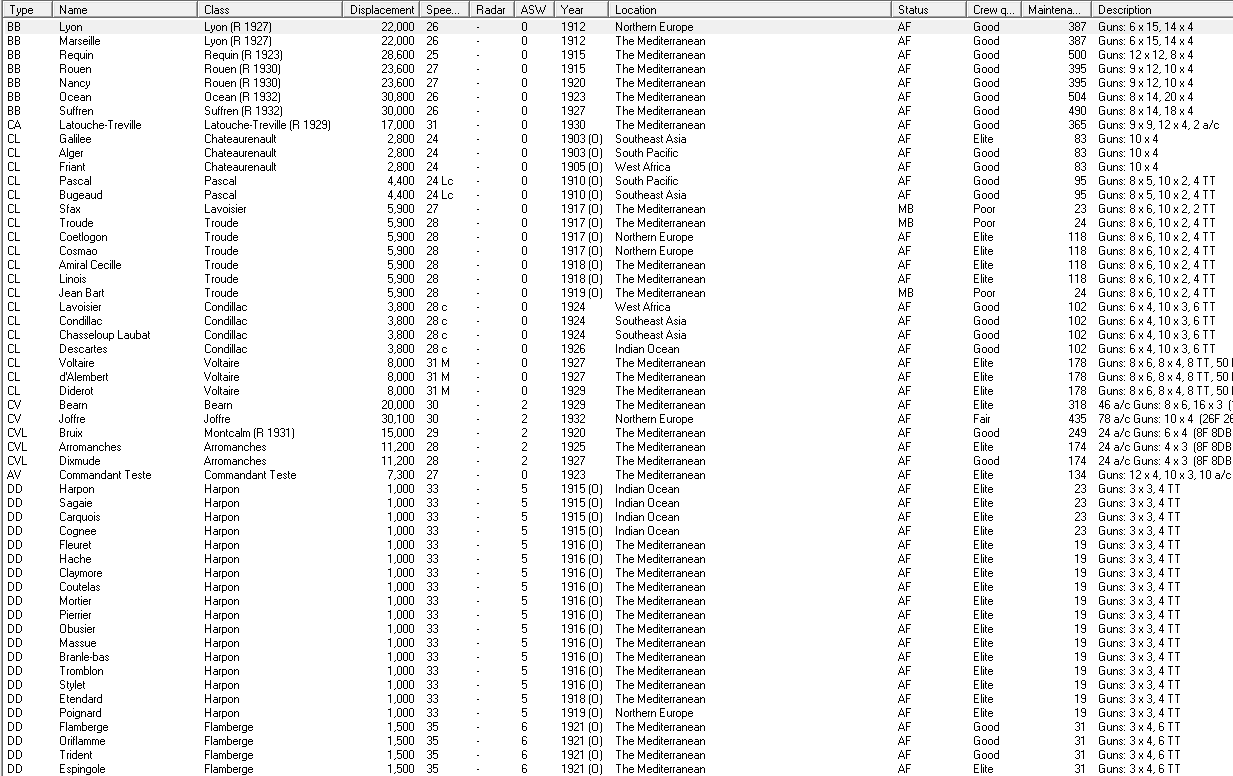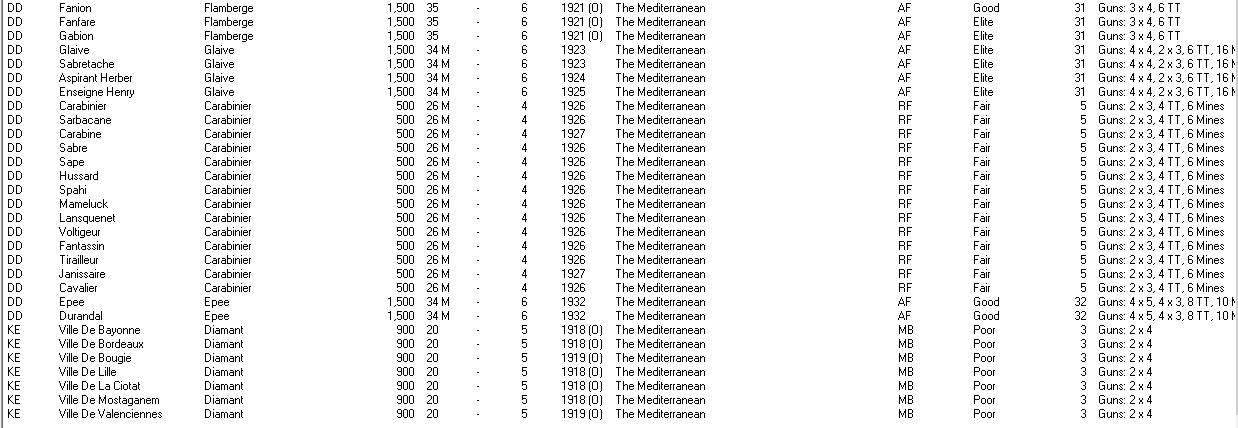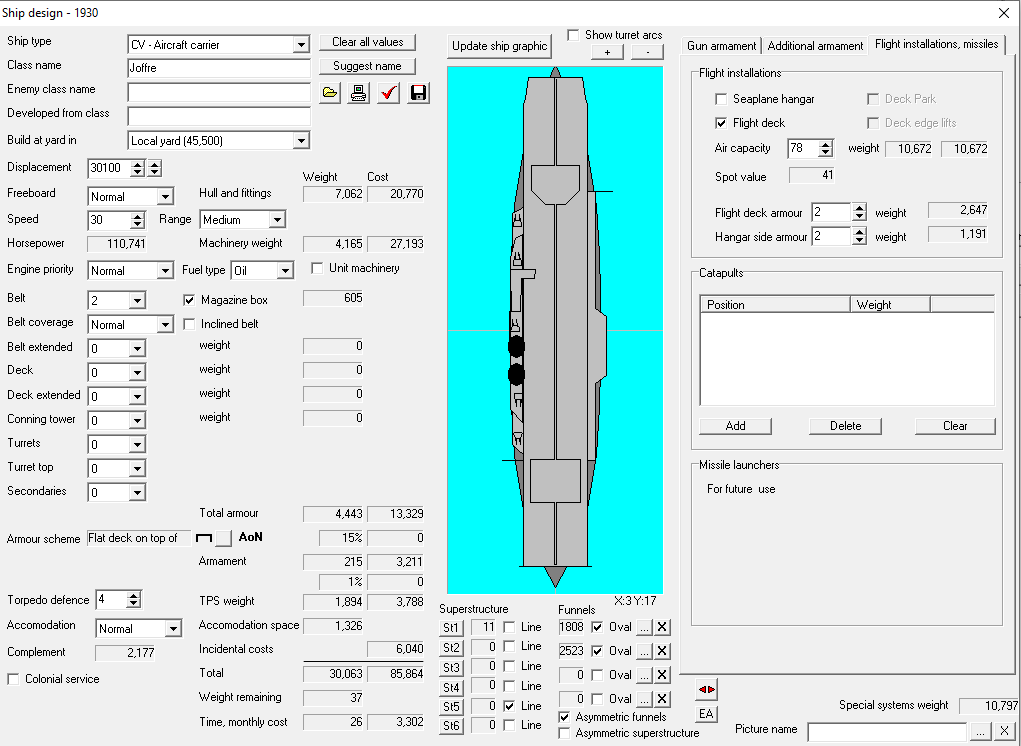That’s right. It’s happening. This year, your correspondent is dedicating himself to the noble art of the wheelgun, embodied in the Revolver Division of the United States Practical Shooting Association.
In the spirit of previous posts, such as my CZ Limited and CZ Carry Optics shopping lists, I’m going to talk first about why I decided to embark upon this new task, and then about the gear I chose to carry me through it.
Why Revolver?
Because nobody writes ballads about semi-auto gunslingers. The history they carry with them means revolvers are inherently romantic.
On top of that, they’re fascinating bits of clockwork. Take a gander at an exploded parts diagram! All kinds of tiny parts working together in non-obvious ways to turn and align a cylinder, bring a hammer back, push a transfer bar up (maybe), and let the hammer drop, just at the right time. It’s a kind of mechanical beauty.
Next up, revolver competition is fertile ground for a young(ish) guy like me. I may not have the hundreds of thousands of rounds of experience that the leaders of the pack do, but I do have fast, non-arthritic hands and good movement speed by USPSA standards. I think I can work that to do better in revolver than I can in more traditional divisions.
Finally, my choice of USPSA divisions in the past has trended more and more toward speed, extra bullets in the pipe, and limited reloading. Revolver gives me a reason to slow down and work on accuracy, which will be handy for, say, Carry Optics, where I’ve previously wasted a lot of time on make-up shots.
The List
Reader, you know me. I am cheap. Getting into a new division, however, is frequently not cheap. I did my best to keep the costs down, and I think I did a pretty good job in the final tally. Prices are all-up
Ruger Super GP100 .357: $1,138
When I first investigated revolvers for USPSA competition back in 2018, the only revolvers fit for USPSA rules (which favor 8 round cylinders and forbid barrel porting) were the Smith and Wesson 929, which I objected to on cost and everyone’s-shooting-it grounds, and the Ruger Redhawk, whose single-spring lockwork limited how much tuning you could do. My 2019 shopping list, written after Ruger’s release of the .357 Super GP100 but before the release of the 9mm Super GP100, settled on the former.
The first question this raises, which I don’t think I answered in preceding articles, is why Ruger, when Smith has all the aftermarket attention? For one, aesthetics. I don’t mean looks alone, though looks play into it, I also mean the hipster points. I don’t like shooting the same gun as everyone else. That’s boring. For the other, practicality. I had the chance to play with both a 929 and a Super GP100 at the local we-have-everything gun store. I liked the way the Ruger sat in my hand better, I could reach the cylinder release and the hammer spur more readily, and I thought the trigger on the Ruger was better out of the box. There are more Smith smiths out there, but on the other hand, I spent twenty minutes replacing springs on the Super GP100, and I have what I’d consider a match-ready trigger.
The second question is, why .38 over 9mm? Two of the three reasons are the same as above: aesthetics and practicality. 9mm is not a suitable cartridge for a revolver, stylistically. On practicality grounds, I have a ton of 9mm pistols already, with higher capacities and faster rates of fire than a 9mm revolver. I do not have very many powerful handguns, and none at the junction of powerful and easy to reload occupied by a .357 revolver cut for moon clips. Is that a common need? No, but there are guns for way less common uses in my safe, so there is at least an argument that it’s a practical choice.
The third reason is tinkering. Like parvusimperator, I see the reasoning behind buying a competition-ready gun and doing very little to it. It’s nice to have a gun that Just Works. Of course, that leaves me with nothing to do with my spare time. .38 leaves me room to experiment with reloading in more exciting ways than 9mm—shortening cases, wadcutters and semi-wadcutters, different crimps, and the like.
Oh, and the .357 Super GP100 is about $100 cheaper.
Anyway, this is not a full review of the gun. One of those is forthcoming at a later date, after I’ve had a few range sessions and at least one match to try it out.
SpeedBeez Kydex Holster: $73
My previous shopping list called for a Guga Ribas universal holster, but that preceded the availability of SpeedBeez’s Kydex option.
It’s thicker than any of my other plastic holsters, and there’s a way to place the gun in it so that it rests rather than clicking into place, making it appropriately speedy. It’s also cut low on the top, so that I only need a short pull up on the draw before the gun is free to come forward.
All in all, a good buy, and it saves me a bunch over the fancy custom holster, which I put toward some other items.
eBay Holster Hanger: $24 with coupon
The holster, of course, came with a belt clip, but when I was putting my gear together, the USPSA had not yet corrected the rulebook to note that revolver holsters are allowed to sit up to the length of an overlay (3 3/8 inches, I believe) from the inner belt, so the Kydex drop-offset piece it came with was too offset and also insufficiently dropped.
I found this one on eBay for $27.50. Between tax and a $5 coupon, I got it for $24.
It does the job admirably, although I’m not using it quite as specced. Because the mounting points on your average semi-auto holster are further toward the muzzle than they are on the holster called out above, I had to mount it in such a way that I can’t actually use the adjustable offset. That said, the mounting holes on the holster provide for what just so happens to be the perfect amount of offset, and there are other hole options on the holster body. I was able to get the holster set up perfectly for my taste, with the grip straight horizontal and the grip just protruding above the top of the belt, as required by USPSA rules.
SpeedBeez Moon Clip Rack: $160
The SpeedBeez moon clip rack is the most competition-focused piece of equipment I own. What possible other use is there for an 8-rack of moon clips?
It does its job well, and is more or less the standard for moon clip shooters. What more is there to say?
SpeedBeez Moon Clips: $130
While I was at SpeedBeez, I figured I’d order some moon clips. For a bit more than I was prepared to pay at TK Custom in my 2019 shopping list, I got two and a half times as many.
Of course, there are tradeoffs. These are 0.020″ clips, whereas both the stock Ruger option and TK Custom’s standard are 0.025″. A tiny difference, but enough of one to matter. I bought a half case of PPU .38 Special to start out my revolver career. Loaded into the three stock Ruger clips, they drop into the cylinder cleanly. Loaded into the SpeedBeez clips, they wobble just enough to bind, slowing down a good proportion of my reloads.
There are a number of ways this could be fixed (a slightly more aggressive chamfer on the cylinder, a slightly more aggressive crimp on the case, thicker/stiffer moon clips), but unfortunately, I’ll have to live with it until I can implement one of the other solutions.
Crimp seems like the easiest thing to manage, especially given the ease of recovering brass when it’s stuck to your discarded moon clips, and the fact that my more-aggressively-crimped dummy ammo drops right in. One of those Lee classic turret presses is pretty tempting, not gonna lie.
SpeedBeez Moon Clip Tester: $37
I had a bit of budget left over, so I got one of these to simplify moon clip checking. Nifty little gadget. Does its job.
Original Precision Moon Clip Tool: $76
There are some ridiculously spendy moon clip tools out there, but this one does both moon clip loading and unloading for the price of one of TK Custom’s fancy moon clip loaders by itself.
It doesn’t work quite as well as a really purpose-built tool would, I suppose, but it’s perfectly adequate for loading a bunch of clips while I watch a Youtube video or something on my workshop computer.
Ammo Can Moon Clip Box: $15 and some scrap wood
Readers, I confess that your correspondent is beginning to come down with cabin fever. So, two weekends back, I ordered a surplus .50-cal ammo can from Midway, set about some scrap wood in my basement with circular saw and drill, and put together a moon clip box.
It has sixteen pegs arranged in two squares, with a missing peg in the middle of each square so I can get my hand down and into the box. Each peg holds up to four clips, for an ammunition capacity of 512 rounds pre-loaded—enough for all but the most grueling of match days. Handy little piece of kit for the revolver competitor on the go, and when the rust developing on this box grows beyond the tolerable, I can pop the caddy into one of the newfangled plastic jobbers.
If I can’t be at a match, at least I can be making my match days better!
Total: $1,653
Not only did I get more gear than I called for in my 2019 shopping list, I came in under the $1,705 total therefrom.
Granted, $1,653 makes it my spendiest gun project to date. (The Limited/Carry Optics CZ P-09 cost about $250 more.) Plus, reloading gear to come…
Even so, though, revolver’s been one of my dream divisions for a long time, to the point that parvusimperator wrote down his guess when I was debating between the Glockblaster 2.0 and the revolver last summer, and on my final selection a month or two ago, opened the paper to reveal he was correct. I like revolvers. (Clearly.) I’m looking forward to the chance to shoot one in competition, when they finally start back up.
And when they do? Why, you can expect a full review of the Super GP100 with attached match report, and you can certainly expect some match videos. Until then.

